Colosseum
© Fratelli d'Alessandri
ITA
near Rome
© italiani.it
Fetching images...
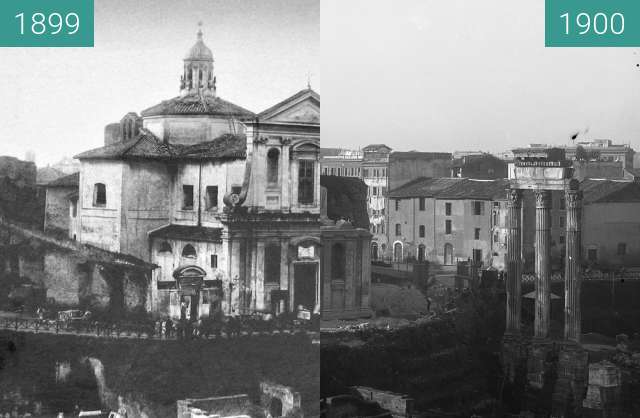
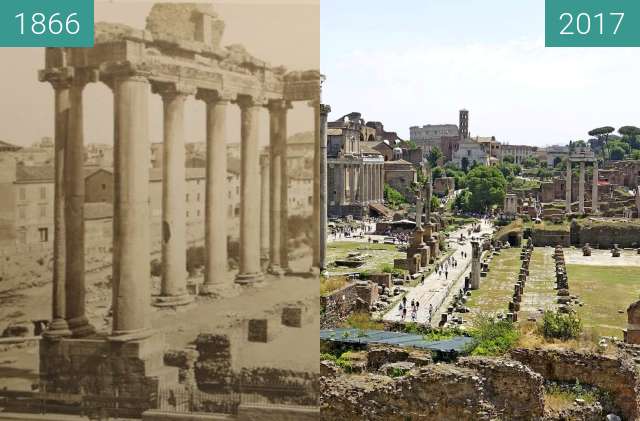

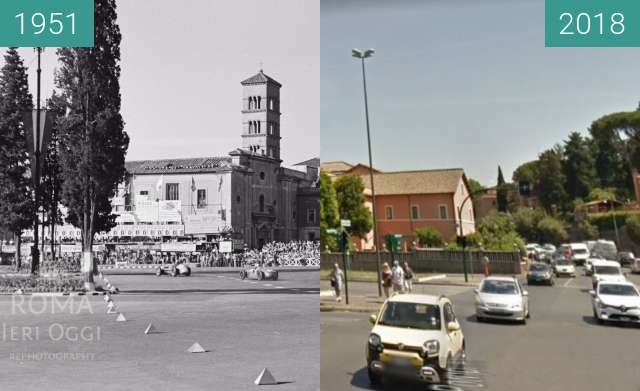


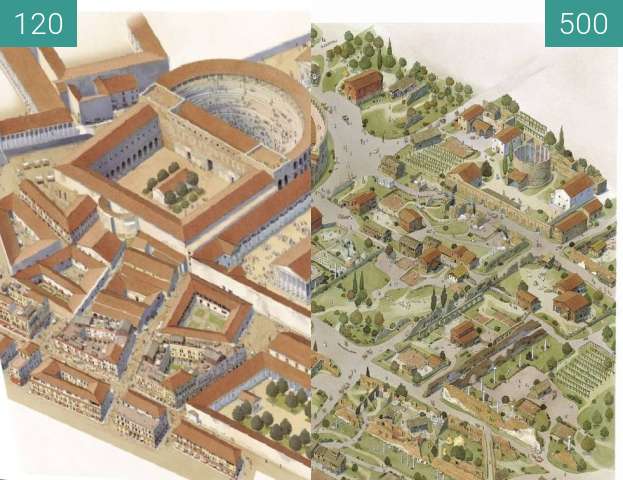
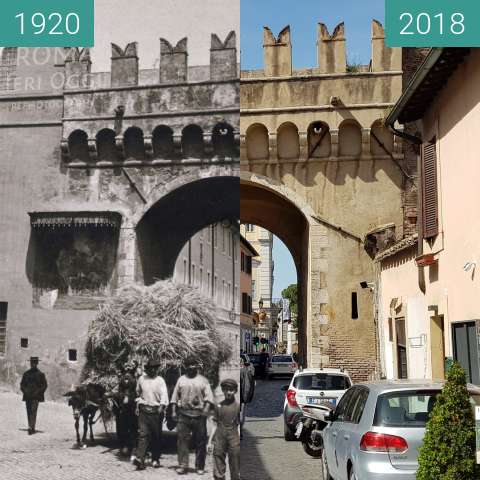
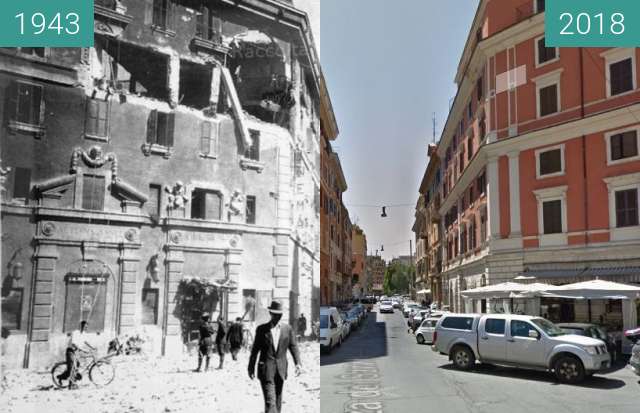

riginally, the building's Latin name was simply the Latin: amphitheatrum, lit. 'amphitheatre'. Though the modern name Flavian Amphitheatre (Latin: amphitheatrum Flavium) is often used, there is no evidence it was used in Classical Antiquity.[9] This name refers to the patronage of the Flavian dynasty, during whose reigns the building was constructed, but the structure is better known as the ColosseumIn antiquity, Romans may have referred to the Colosseum by the unofficial name Amphitheatrum Caesareum (with Caesareum an adjective pertaining to the title Caesar), but this name may have been strictly poetic as it was not exclusive to the Colosseum; Vespasian and Titus, builders of the Colosseum, also constructed a Flavian Amphitheatre in Puteoli (modern Pozzuoli).
wikipedia